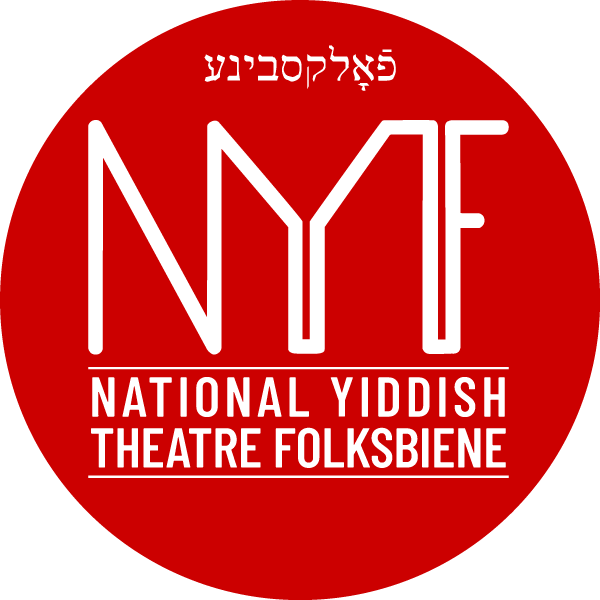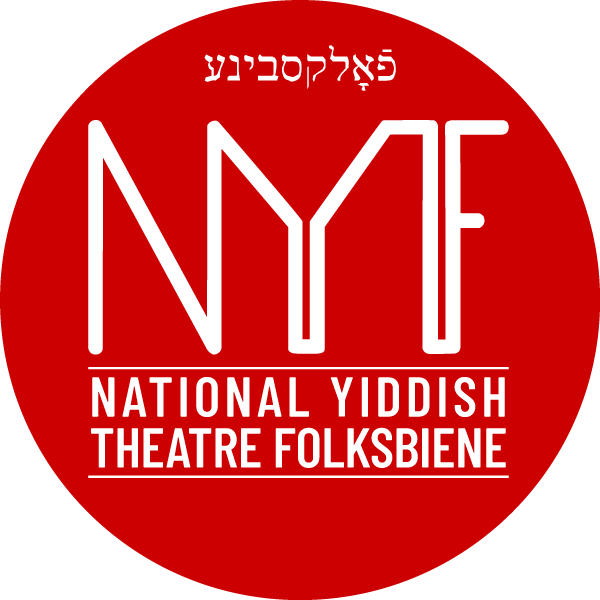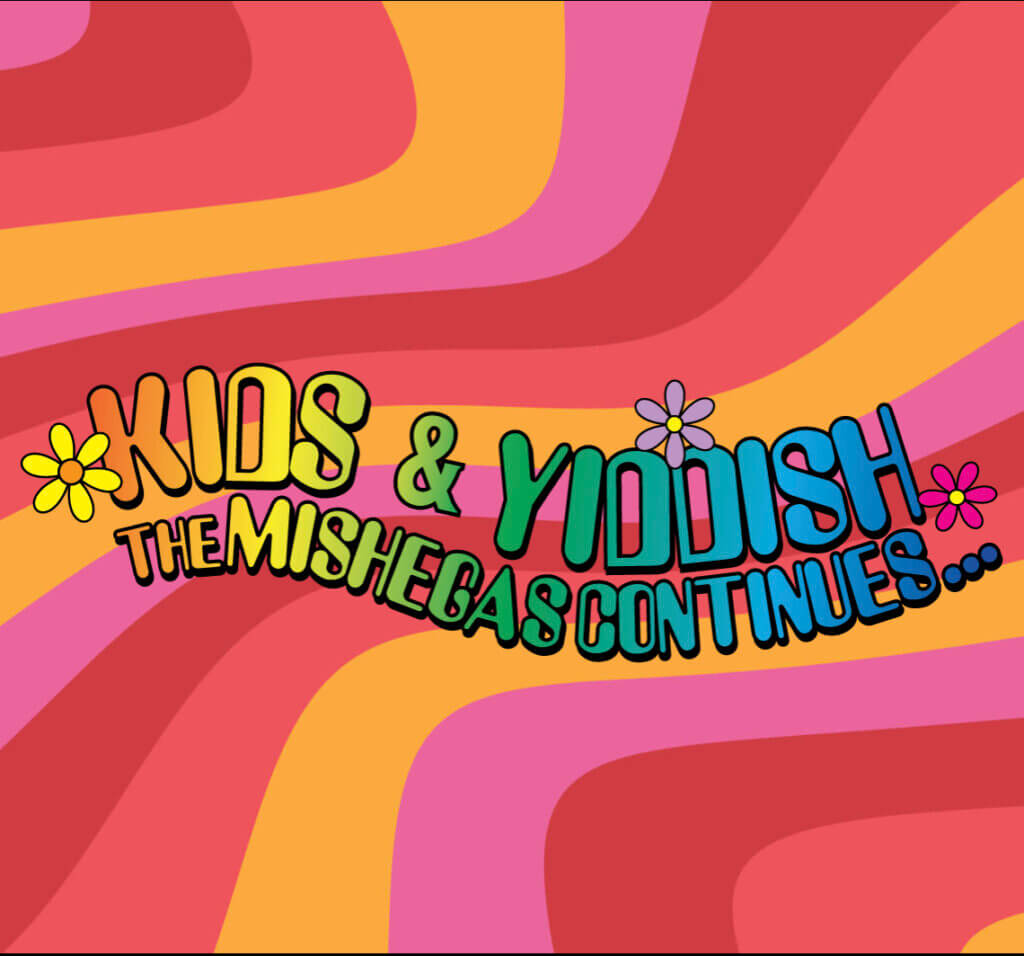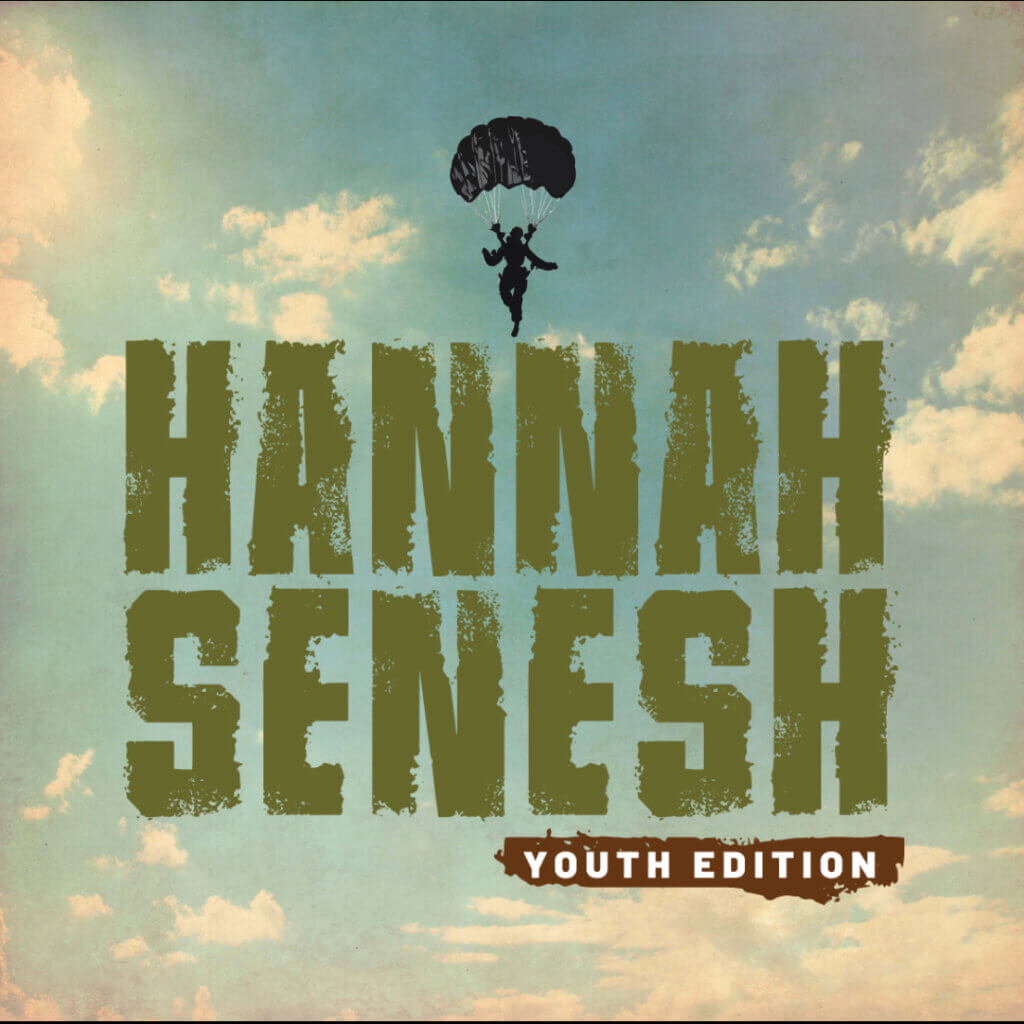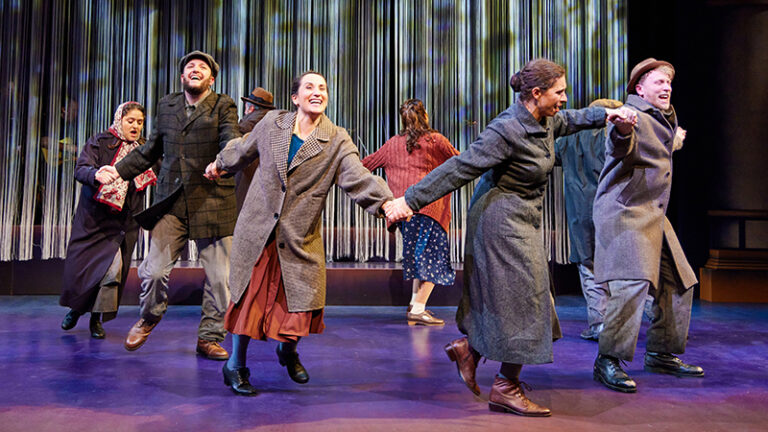A Yiddish version of Fiddler on the Roof becomes the surprise hit of the off-Broadway season (and before COVID, was set to tour China and Australia, in addition to a 32-week national tour). The Netflix show Shtisel masterfully incorporates Yiddish to ensure authenticity. Festivals across the world bring together thousands of people annually to celebrate it. Duolingo, the award-winning language education app’s new Yiddish course has over a quarter of a million active users.
Yiddish is a language that has been a central part of Jewish culture around the world for a millennium, and while the Holocaust threatened to wipe it out along with all Jews, its resurgence in recent decades is proof of its endurance and unifying force.
“Yiddish has not yet said its last word. It contains treasures that have not been revealed to the eyes of the world. It was the tongue of martyrs and saints, of dreamers and Cabalists—rich in humor and in memories that mankind may never forget. In a figurative way, Yiddish is the wise and humble language of us all, the idiom of the frightened and hopeful Humanity.”
Nobel Laureate, Isaac Bashevis Singer
“Yiddish is in our blood, in our faith, in our love of music and literature and art, in our cadence, and in our humor,” says Motl Didner, Associate Artistic Director of the National Yiddish Theatre Folksbiene (NYTF) and producer of A Yiddish Renaissance. “It brings together Jews from diverse backgrounds, as we see in the audiences of our productions. It is our mame-loshn—even those of us who cannot speak it can still feel it.”
To celebrate this Yiddish renaissance, NYTF is presenting A Yiddish Renaissance: A Virtual Concert Celebration this summer, bringing together more than 140 actors, singers, and musicians from across the globe—four generations of performers, from 8 to 89 years old. The event will include hits from award-winning NYTF productions, featuring casts from Fiddler Afn Dakh (Fiddler on the Roof in Yiddish), Di Goldene Kale (The Golden Bride), On Second Avenue, Di Yam Gazlonim (Yiddish Pirates of Penzance), Amerike The Golden Land, Soul to Soul, Kids and Yiddish, and more.
“Yiddish went into a decline after the Holocaust, as English, Hebrew, and Russian became the main daily languages of Jews around the world. Though it waned, Yiddish persisted because it has never been just a language,” Didner says.
From theatre performances in Yiddish, to klezmer bands playing at jazz festivals, to the popularity of Shtisel and Unorthodox, and excitement around online classes like Folksbeine’s “15-Minute Yiddish” lessons during the pandemic—enthusiasm for Yiddish continues to grow as people across generations connect with their Yiddishkayt.
Fiddler Afn Dakh’s wild success was, in part, the result of taking a quintessential American musical about the Jewish experience and reconnecting it to its roots in the untranslatable wit and wisdom of the original Sholem Aleichem Tevye stories.
Mark your calendars and join us to celebrate all things Yiddish during A Yiddish Renaissance: A Virtual Concert Celebration, debuting Monday, July 26, 2021 at 2:00 PM (ET) and available to view through Friday, July 30, 2021 at 2:00 PM (ET). The event will also honor Zalmen Mlotek—and his 50-year career dedicated to Yiddish music and theatre—on the occasion of his 70th birthday.
